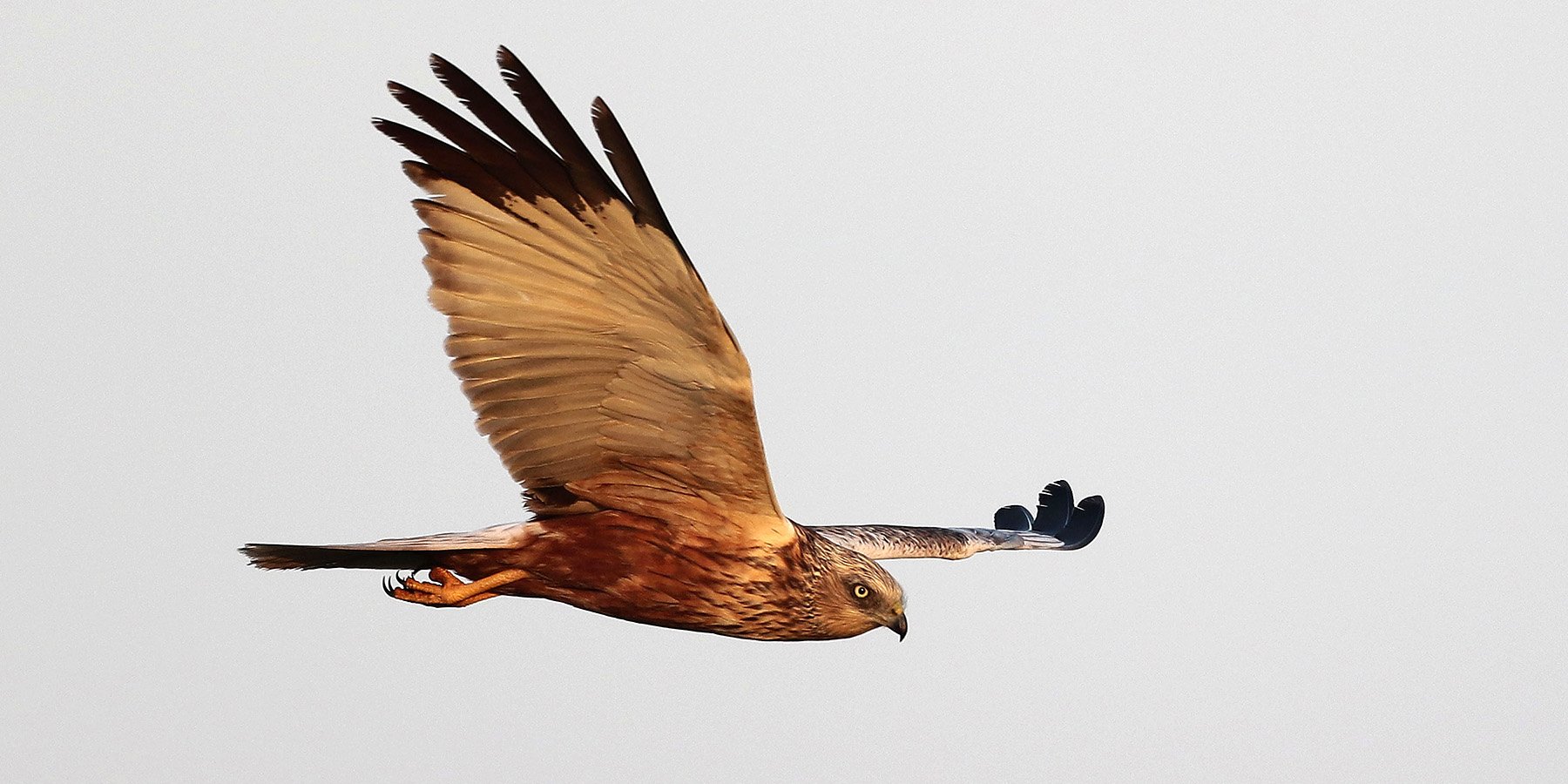Birds at Goldcliff Lagoons
The saline lagoons at Goldcliff are part of Newport Wetlands National Nature Reserve. Most of the birds here also use the adjacent Severn Estuary mud-flats and saltmarsh for feeding and roosting, depending on the state of the tide. On very high spring tides, when the whole foreshore can be covered in water, many birds come onto the lagoons to roost and feed.
During the autumn and winter months, the reserve is a vital pit-stop for migratory ducks and waders, such as teal, wigeon, curlew and lapwing. These birds arrive from Scandinavia and northern Europe in huge numbers to feed on the millions of creatures that live in the mud, sand and saltmarsh.
Click here for more information about Goldcliff Lagoons.
Common Crane
Cranes are once again nesting on the Levels after an absence of 400 years. Look for these impressive birds in fields around the Levels feeding on seeds, roots, insects, worms and snails.
Black-tailed Godwit
A large wading bird, with long legs and a long beak. In summer, they have bright orangey-brown chests and bellies, but in winter are greyish-brown. Look for the white stripe on the wing when in flight.
Lapwing
Also called the peewit for its distinctive call, the lapwing’s rounded wings and head crest make it easy to identify. Up-close the back and wings have an iridescent green and purple sheen.
Curlew
A large wading bird with a long downward curving beak, which it uses to catch worms, shellfish and shrimps. Listen out for the curlews evocative call.
Teal
A small dabbling duck. Males have a chestnut coloured head with broad green eye-patches, and a black edged yellow tail. During the winter, huge numbers arrive in the UK from Siberia and the Baltic.
Wigeon
A medium-sized duck. Males have a chestnut head, yellow forehead and pink breast, and a distinctive whistling call. Large numbers overwinter in the UK from Iceland, Scandinavia and Russia.
Grey Heron
The stately grey heron can often be seen stalking through shallow water at low tide hunting for fish and eels.
Dunlin
The commonest small wader found along the coast - feeding flocks can number thousands.
Redshank
Named for its bright red legs, the redshank uses its long bill to probe for insects, worms and molluscs in the soft mud.
Oystercatchers
A stocky, black and white wader, with a long orange beak and reddish-pink legs. It uses its strong beak to prise open cockles and mussels.
Ringed Plover
A small short-legged wader, often seen scurrying along the sea shore looking for flies, worms, and molluscs.
Greenshank
Greenshank can be distinguished from other waders by its green legs and slightly upturned bill, which it uses to hunt for worms, snails and fish.
Avocet
A distinctive black and white bird with an upturned beak. It feeds on larvae, crustaceans and worms.

















